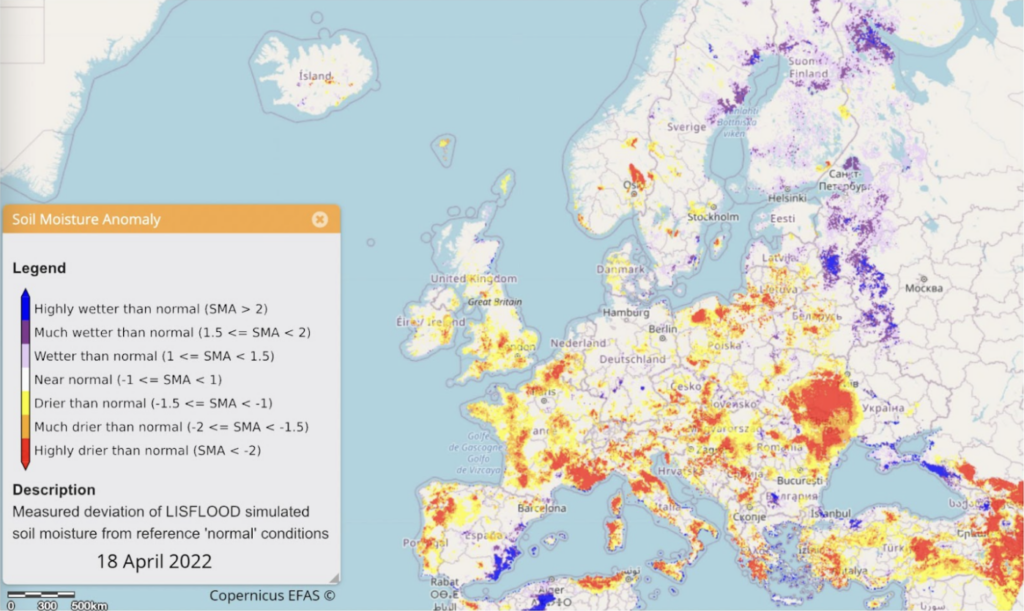Drought: The silent disaster
Storms, floods, severe winds, and other high-impact and powerful weather-related phenomena reach the news daily. What you rarely hear on the news or see on social media hashtags is the word “drought”.
Drought is the prolonged period of limited precipitation (rain or snow) which results in a water shortage. For example, many parts of inland Antarctica and the Sahara Desert experience the same drought, since precipitation is extremely rare, despite the two totally different climate zones.
Letting aside Antarctica and the Sahara, our societies and ecosystems are significantly stressed by drought, especially this year. The largest parts of Europe and North America experience historic levels of drought, and the impacts have started to accumulate quickly. The lack of precipitation is currently associated with a hydrological drought (river, lake, and groundwater shortage) with low water supply to households (also of low quality water), problems with the irrigation of crops, low production of electricity (hydropower or cooling water) and limited waterborne transportation. A few cracks on your house may have been created due to the extremely dry soil in your local area.
The first image shows the latest observations of soil moisture anomaly in Europe, based on data from the Copernicus Emergency Management System Flood monitoring and forecasting service (EFAS), on 18 April 2022. The orange and red colors in the legend indicate very low to extremely low soil moisture. More specifically in France, about 20% of the country’s rivers have 40% less flow than normal and in Pyrénées-Orientales region, the accumulated precipitation so far since January is 75% less than normal.

Similar conditions can be found on the other side of the pond, with the latest data from the National Weather Service of USA showing that severe drought is observed in the largest part of the country. According to the same agency, this year’s drought is the most extensive and intense in the latest 30 years. Some of the most populated urban areas rely on an already scarce water supply. Much of the country’s agricultural productivity comes from the Central Valley of California and the Great Plains, where drought will continue to intensify in the following weeks.
Another implication of a drought plagued the USA and Europe, is wildfires. We are facing a scary wildfire season, and already in April 2022, wildfires have burned hundreds of acres, way above the last 10-year average, and summer has not even started yet.
As we move into summer, in Data4Risk we keep a close eye on drought and wildfire potential, keeping our clients informed about this worrying situation.
